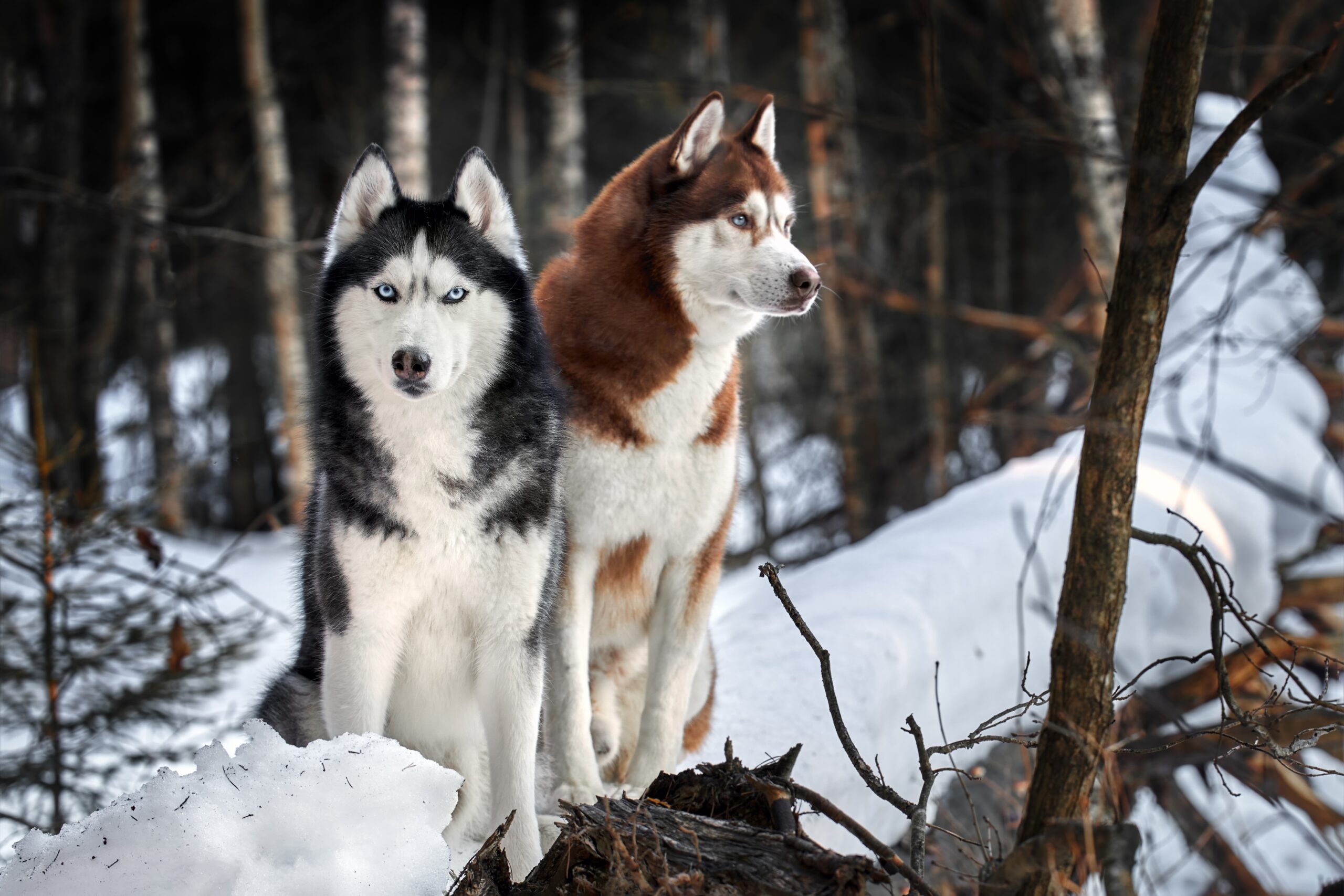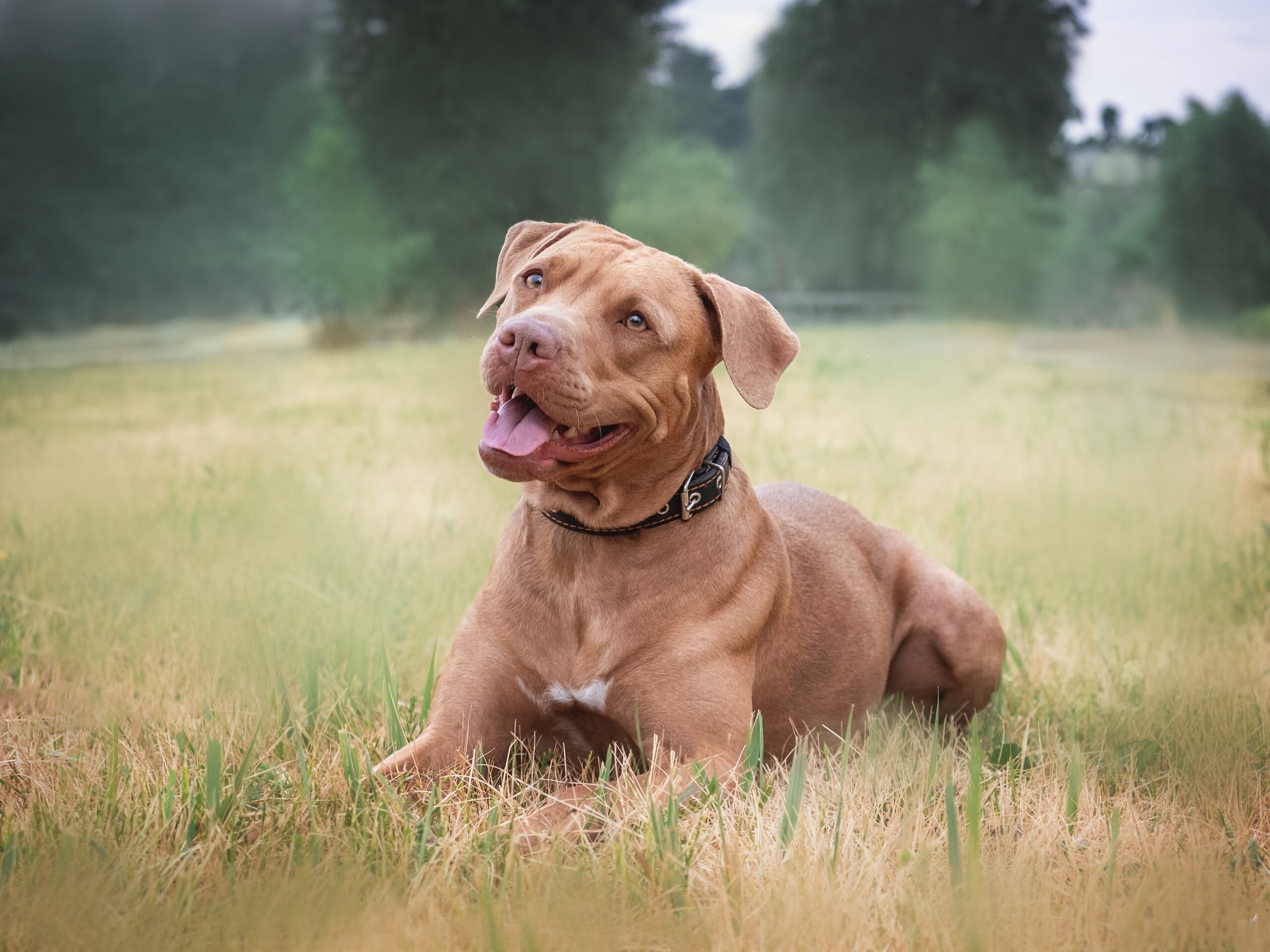Busting myths with facts and heart.
No breed carries more controversy—or more misunderstood reputation—than the Pit Bull. Often vilified in the media and subject to breed-specific legislation, Pit Bulls are frequently associated with aggression, danger, and unpredictability. But is that reputation truly deserved?
In this article, we take a balanced, evidence-based look at Pit Bulls, unpacking their history, temperament, and why these dogs deserve a fair chance. From therapy roles to family homes, thousands of Pit Bulls around the world are thriving as affectionate, loyal pets. It’s time to look past the stigma and see them for what they truly are: misunderstood, not monstrous.
Outline
- Introduction
- What Exactly Is a “Pit Bull”?
- The History of Pit Bulls
- Why Do Pit Bulls Have a Bad Reputation?
- What the Science Says: Temperament and Behaviour
- Pit Bulls as Family Dogs
- Myths vs Facts
- Media Influence and Misrepresentation
- The Role of Owners and Training
- Breed-Specific Legislation (BSL): Is It Working?
- Rescue and Rehabilitation Success Stories
- Final Thoughts
Introduction
Pit Bulls have become a flashpoint in the conversation about dog breeds, aggression, and responsible ownership. For some, the term “Pit Bull” evokes fear and media headlines; for others, it brings to mind snuggly, clownish dogs who are eager to please.
Truth: The problem isn’t the breed—it’s the perception.
By learning about their true nature, history, and real-world behaviour, we can better understand these dogs—and advocate for fair treatment, not fear-based policy.
What Exactly Is a “Pit Bull”?
The term “Pit Bull” is not a breed in itself. It’s an umbrella term that often includes:
- American Pit Bull Terrier
- American Staffordshire Terrier
- Staffordshire Bull Terrier
- American Bully
- Mixed breeds with similar appearance
Challenge: This generalisation fuels misunderstanding. Any muscular dog with a square jaw may be mislabelled a “Pit Bull”, regardless of its actual genetics or temperament.
Key point: Pit Bull-type dogs vary greatly depending on breeding, environment, and socialisation.
The History of Pit Bulls
Originally, Pit Bulls were bred in 19th-century England by crossing Bulldogs with Terriers to create dogs that were tenacious yet agile. Sadly, they were used for:
- Bull-baiting (until banned)
- Dog fighting (illegal today, but persists underground)
Despite this grim origin, these dogs were also valued as family companions, nanny dogs, and farm helpers.
In the early 20th century:
- They became symbols of bravery during WWI propaganda
- Popular pets in American households
- Known for their loyalty and affection, especially with children
Why Do Pit Bulls Have a Bad Reputation?
Their reputation began to sour in the late 20th century due to:
- Increased use in illegal dog fighting rings
- Media coverage of attacks, often sensationalised
- Gang and criminal use, fuelling fear
- Breed misidentification in incident reports
Result: Pit Bulls were labelled as dangerous, unpredictable, and aggressive—even when evidence didn’t support it.
What the Science Says: Temperament and Behaviour
Independent studies tell a very different story than the headlines.
American Temperament Test Society (ATTS):
- Pit Bulls consistently score above average in temperament testing—better than many popular breeds.
- Scores are based on behaviour in unfamiliar situations, response to strangers, and reaction to sudden noises or threats.
| Breed | Temperament Score (ATTS) |
|---|---|
| American Pit Bull Terrier | 87.4% |
| Golden Retriever | 85.6% |
| Beagle | 79.7% |
| Chihuahua | 69.6% |
Fact: A well-bred and well-socialised Pit Bull is less likely to bite than many smaller, yappy breeds.
Pit Bulls as Family Dogs
Despite myths, many Pit Bulls are:
- Gentle with children
- Highly affectionate and loyal
- Eager to please their owners
- Sociable when properly socialised
Why they make great family pets:
- They form deep bonds with humans
- They’re playful and cuddly
- They respond well to training and structure
- They’re naturally clean and relatively low maintenance
Real talk: Like all breeds, they’re not perfect. But they’re far from dangerous monsters.
Myths vs Facts
Let’s bust some common myths.
| Myth | Truth |
|---|---|
| Pit Bulls have locking jaws | False – their jaw structure is identical to other dogs. |
| Pit Bulls are naturally aggressive | False – aggression is environmental, not genetic. |
| They can’t be trusted around children | False – many are excellent family pets. |
| All Pit Bulls are the same | False – temperament varies hugely by individual. |
Key insight: Dogs behave based on how they are raised, trained, and treated—not just breed.
Media Influence and Misrepresentation
The media plays a huge role in shaping public fear around Pit Bulls.
Common Issues:
- Attacks by mixed breeds are often labelled “Pit Bull” attacks
- Photos of muscular, chained dogs are shown to evoke fear
- Positive stories about Pit Bulls rarely make headlines
This bias contributes to breed-specific bans and makes it harder for loving Pit Bulls to find homes.
The Role of Owners and Training
Like all dogs, Pit Bulls thrive under responsible ownership.
A good Pit Bull owner:
- Socialises their dog from a young age
- Provides regular training and structure
- Offers mental stimulation and daily exercise
- Is aware of breed stigma and advocates responsibly
Warning: Pit Bulls are strong and powerful. They’re not a fit for irresponsible or inattentive owners—but then, no dog is.
Breed-Specific Legislation (BSL): Is It Working?
BSL targets certain breeds as dangerous, often banning or restricting ownership. But the data is clear:
- BSL does not reduce dog bites or attacks
- It punishes responsible owners and well-behaved dogs
- It creates fear, not safety
- It misplaces blame from owner behaviour to dog appearance
Example: The UK’s Dangerous Dogs Act 1991 bans Pit Bull-type dogs, yet dog attacks have not decreased—because breed is not the root cause.
Better approach: Enforce owner accountability and individual assessments, not blanket bans.
Rescue and Rehabilitation Success Stories
Many Pit Bulls thrive after being rescued—even those from rough backgrounds.
Famous examples:
- Hector – One of the rescued Michael Vick fighting dogs, who became a therapy dog.
- Cherry – Another former fighting dog turned beloved family pet.
- Sir Patrick Stewart’s foster Pit Bull – Helped shift public opinion when the actor shared their bond.
Across the UK and beyond, rescue centres report that well-socialised Pit Bulls are among the most loving, trainable, and grateful dogs they’ve helped.
Final Thoughts
Pit Bulls aren’t dangerous. They’re loyal, intelligent, affectionate companions who have suffered from stigma, bad press, and irresponsible owners. Judging a dog by its appearance—or past use in human cruelty—is both unfair and ineffective.
In summary: It’s time to see Pit Bulls for what they are: misunderstood, not malicious. When given love, structure, and a fair chance, they become some of the most devoted and loving dogs you’ll ever meet.







